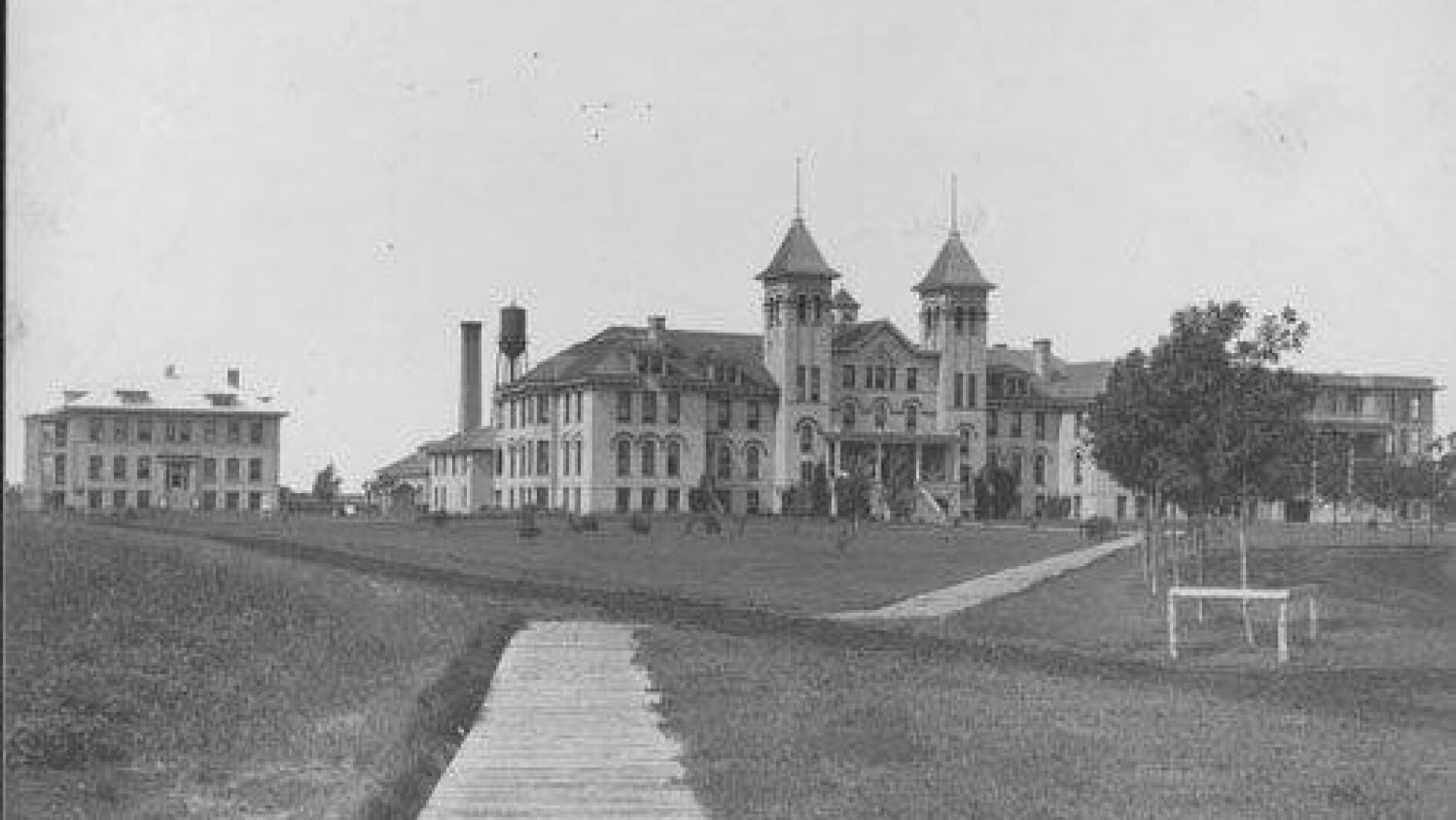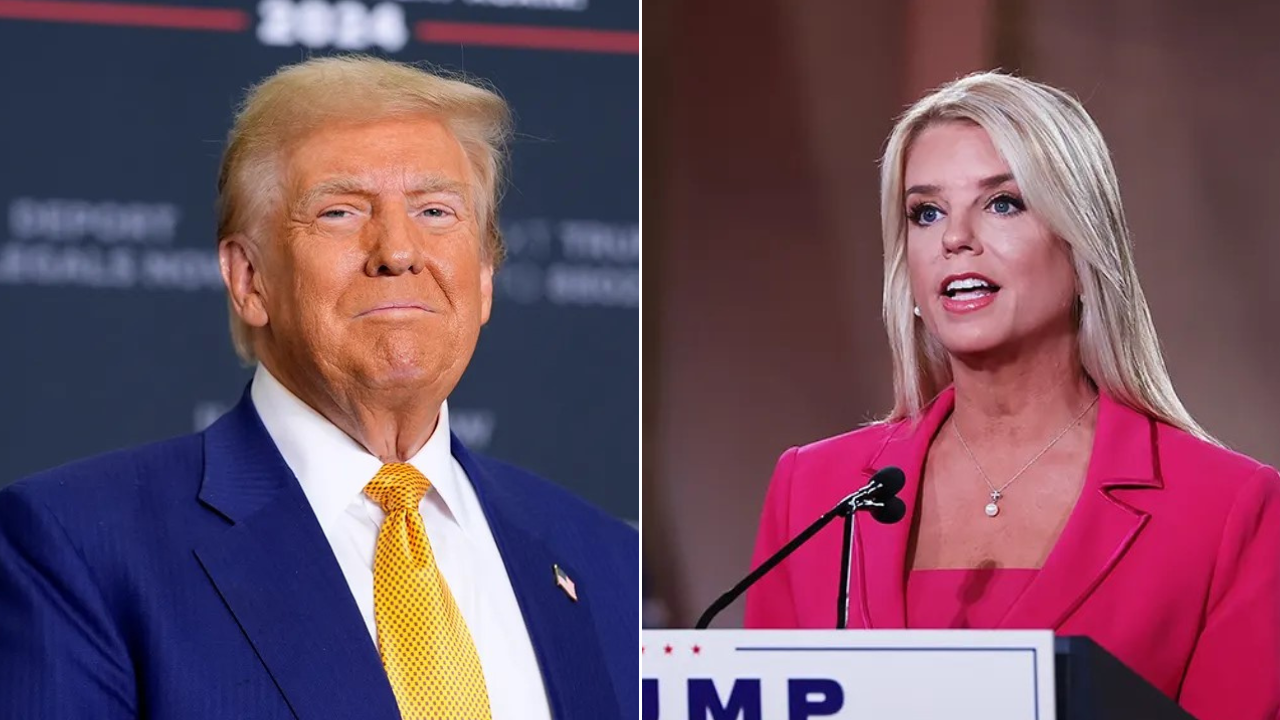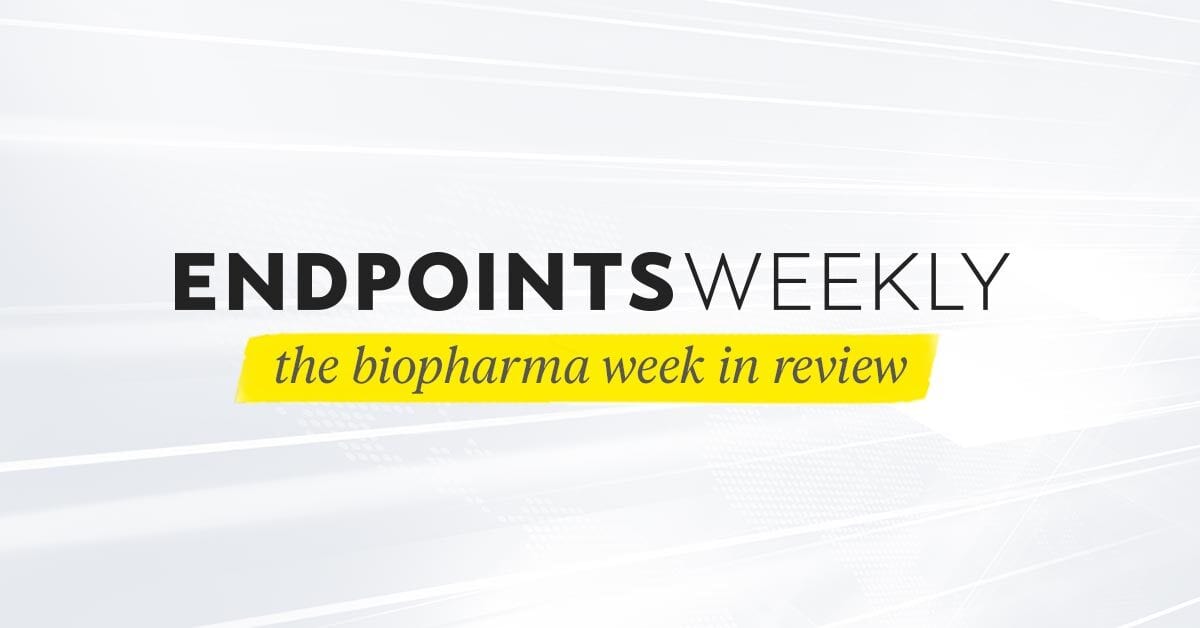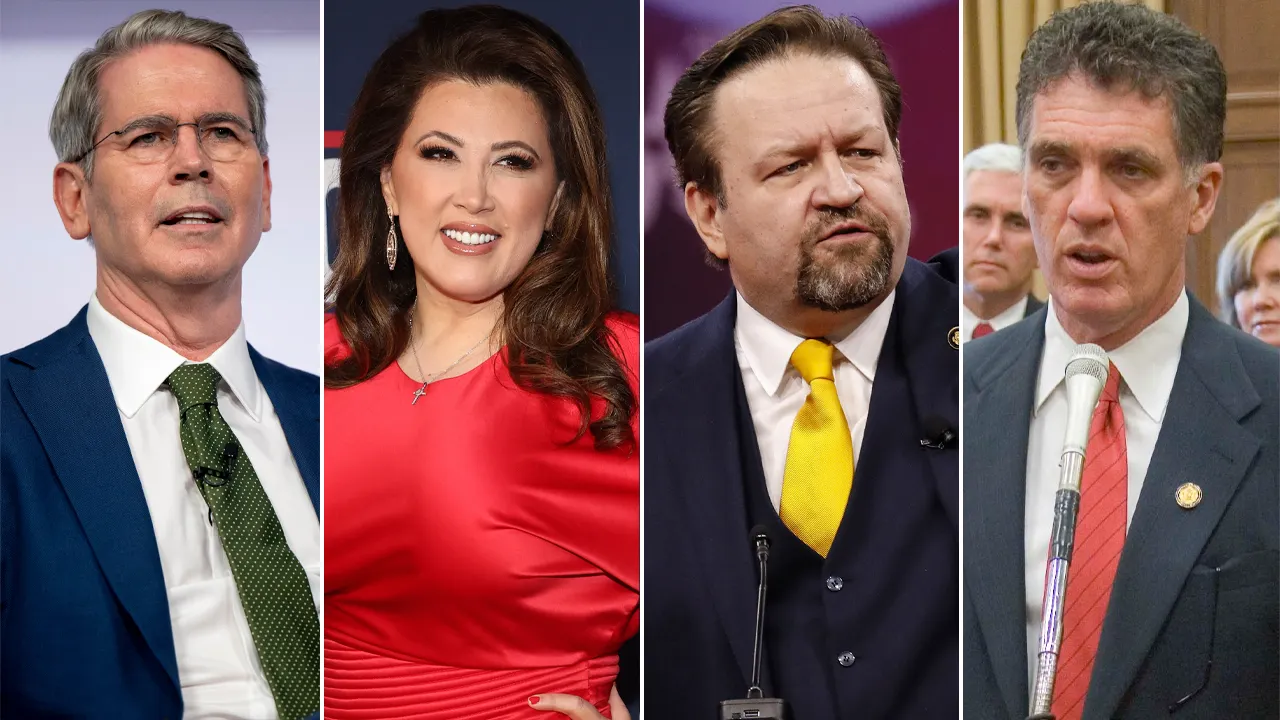North Dakota
For decades, North Dakota allowed the sterilization of those deemed ‘unfit’ or ‘feeble-minded’

FARGO — The main building loomed like a twin-towered fortress over the campus of what originally was called the North Dakota Institution for the Feebleminded at Grafton.
The campus, which serves the developmentally disabled and now is called the Grafton State School, has a notorious past and a prominent place in North Dakota’s embrace of eugenics, the pursuit of producing genetic traits considered desirable.
At least 1,049 victims of sterilization in North Dakota have been documented, with the procedures done between the 1910s and 1962, according to records.
More than half of the sterilizations, 634, were performed in Grafton, with many of the rest done at the State Hospital in Jamestown, according to research by Levi Magnuson, a graduate student in history at North Dakota State University.
North Dakota’s adoption of eugenics practices including targeted sterilization took place within a national movement that took root in the early 1900s and spread to much of the country, reaching a peak in the 1930s.
At its height, a third of the nation’s population lived in the 32 states that had laws allowing sterilization, according to Magnuson. Indiana passed the first sterilization law in 1907.
Before allowing sterilization, North Dakota’s first step along the path to eugenics came with passage of a miscegenation law in 1909, prohibiting marriages between white and Black residents, Magnuson found.
It was the first law in North Dakota, Magnuson believes, to define which groups can or cannot marry.
Four years later, in 1913, North Dakota joined a growing number of states in passing sterilization laws. Although legal, sterilization was at first slow to be adopted in North Dakota.
Some of the hesitancy came from the fact that there was no appeal process for sterilization, a point made by the state attorney general in 1925.
“A lot of it had to do with consent,” Magnuson said. Also, he said, there were concerns about possible legal ramifications for those who performed the procedure.
The law was revised in 1927, including a new appeal process. Also in 1927, the U.S. Supreme Court determined that states can sterilize people, a decision that included the memorable line from Justice Oliver Wendell Holmes, “Three generations of imbeciles are enough.”
Further clarification came in 1931, Magnuson said, when North Dakota defined a “feeble-minded” person as “… any person, minor or adult, other than an insane person, who is so mentally defective as to be incapable of managing himself and his affairs, and to require supervision, control and care for his own, or the public’s welfare.”
Following the legal clarifications, the onset of the Great Depression and the resulting financial strains caused sterilizations to “skyrocket” in the 1930s in North Dakota, reaching a total of 536 by 1942.
“That was sort of the trend across the U.S.,” as states were forced to slash their budgets, Magnuson said.
Personalities also made a difference. The superintendent of Grafton was hesitant to pursue sterilization, but his replacement, who started in 1932, forged ahead, Magnuson said.
Prison wardens and superintendents of the Grafton State School and State Hospital could suggest candidates for sterilization, but the final decision was left to a Board of Control, he said.
Chris Flynn / The Forum
Along with those deemed “unfit” or “feeble-minded,” convicted felons were eligible for sterilization.
Sterilization slowed after World War II, perhaps because of concerns over Nazi Germany’s brutal quest to achieve the “master race,” including the extermination of Jews and others deemed undesirable, Magnuson said.
Still, sterilization continued, and ultimately at least 1,049 sterilizations were performed in North Dakota, 652 women and 397 men, according to Magnuson.
North Dakota figured prominently among states allowing sterilization, ranking 12th. In yearly per-capita terms, the state never left the top 10 and at one point ranked second in the nation.
Magnuson, who recently presented a paper on eugenics in North Dakota at the Northern Great Plains History Conference, was unable to find a demographic breakdown of sterilization victims by race.
Perhaps surprisingly, however, the practice seemed to be largely targeted at white people. “They were a lot more focused on imbeciles, especially white imbeciles,” he said.
A search of newspaper archives indicates that several doctors were influential in the initial acceptance of sterilization in North Dakota, Magnuson found.
During the 1910s, newspaper coverage suggested there was a “general panic” among North Dakota residents over those seen as unfit to have children, he said.
One vocal advocate was Dr. J. Gassick, secretary of the State Board of Health, who argued in 1910 that the state was facing a crisis involving epileptics and the feeble-minded, two groups he said were in need of “control,” according to Magnuson.
Grafton held about 150 patients, but Gassick estimated North Dakota had more than 1,200 feeble-minded or epileptic residents. Failing to curb those populations, he argued, would place such a heavy burden that society would be “overtaxed,” said Gassick, who became one of the state’s first advocates for human sterilization.
Dr. E.P. Quain of the State Hospital was another champion of eugenics, according to Magnuson. Quain called in 1913 for a commission or panel of physicians to decide whether someone should be sterilized and the methods of sterilization. That was the same year North Dakota passed its law allowing sterilization.
“He’s sort of one face I’ve been able to pin down,” said Magnuson, whose master’s dissertation will be about eugenics in North Dakota and South Dakota. He’s a native of Canton, South Dakota, where the state once operated the Canton Asylum for Insane Indians, which closed in 1934.
The study of eugenics, long in the shadows, is receiving increasing attention from historians, he said.
“There’s sort of a morbid curiosity factor to it,” Magnuson said, explaining his interest in the subject. “It’s kind of the craziness factor and the fact it didn’t happen all that long ago.”
Eugenics remains a goal for some today, although the discussion is more muted and subtle, he said. Some states, for example, have considered chemical castration of rapists, and genetic engineering would enable selection of favorable traits, he said.
“There’s sort of an element to eugenics that’s still very much alive in modern America,” Magnuson said. “It’s just more coded, a lot less upfront. There’s ideas of eugenics that never died away completely.”

North Dakota
Port: Make families great again

MINOT — Gov.-elect Kelly Armstrong is roaring into office with some political capital to spend. I have some ideas for how to spend it during next year’s legislative session.
It’s a three-pronged plan focused on children. I’m calling it “Make Families Great Again.” I’m no marketing genius, but I have been a dad for 24 years. There are some things the state could do to help.
The first is school lunches. The state should pay for them. The Legislature had a rollicking debate about this during the 2023 session. The opponents, who liken this to a handout, largely won the debate. Armstrong could put some muscle behind a new initiative to have the state take over payments. The social media gadflies might not like it, but it would prove deeply popular with the general public, especially if we neutralize the “handout” argument by reframing the debate.
North Dakota families are obligated to send their children to school. The kids have to eat. The lunch bills add up. I have two kids in public school. In the 2023-2024 school year, I paid $1,501.65 for lunches. That’s more than I pay in income taxes.
How much would it cost? In the 2023 session,
House Bill 1491
would have appropriated $89.5 million to cover the cost. The price tag would likely be similar now, but don’t consider it an expense so much as putting nearly $90 million back in the pockets of families with school-age children. A demographic that, thanks to inflation and other factors, could use some help.
Speaking of helping, the second plank of this plan is child care. This burgeoning cost is not just a millstone around young families’ necks but also hurts our state’s economy. We have a chronic workforce shortage, yet many North Dakotans are held out of the workforce because they either cannot find child care or because the care available is prohibitively expensive.
State leaders haven’t exactly been sitting on their hands. During the 2023 session, Gov. Doug Burgum signed
a $66 million child care package
focusing on assistance and incentives. We should do something bolder.
Maybe a direct tax credit to cover at least some of the expenses?
The last plank is getting vaccination rates back on track.
According to data from the state Department of Health,
the kindergarten-age vaccination rate for chicken pox declined 3.76% from the 2019-2020 school year. The rate for the measles, mumps and rubella vaccine is down 3.72%, polio vaccines 3.54%, hepatitis B vaccines 2.27%, and the vaccine for diphtheria, tetanus and pertussis 3.91%.
Meanwhile, personal and religious exemptions for kindergarten students have risen by nearly 69%.
This may be politically risky for Armstrong. Anti-vaxx crankery is on the rise among Republicans, but, again, Armstrong has some political capital to spend. This would be a helpful place for it. A campaign to turn vaccine rates around would help protect the kids from diseases that haven’t been a concern in generations. It would help address workforce needs as well.
When a sick kid can’t go to school or day care, parents can’t go to work.
These ideas are practical and bold and would do a great deal to help North Dakota families.
North Dakota
North Dakota 77-73 Loyola Marymount (Nov 22, 2024) Game Recap – ESPN

LOS ANGELES — — Treysen Eaglestaff had 23 points in North Dakota’s 77-73 win over Loyola Marymount on Friday night.
Eaglestaff also contributed five rebounds for the Fightin’ Hawks (3-2). Mier Panoam scored 16 points and added seven rebounds. Dariyus Woodson had 12 points.
The Lions (1-3) were led in scoring by Caleb Stone-Carrawell with 17 points. Alex Merkviladze added 16 points, eight rebounds, four assists and two steals. Will Johnston had 15 points and four assists.
North Dakota went into the half ahead of Loyola Marymount 36-32. Eaglestaff led North Dakota with 12 second-half points.
——
The Associated Press created this story using technology provided by Data Skrive and data from Sportradar.
North Dakota
National monument proposed for North Dakota Badlands, with tribes' support

BISMARCK, N.D. — A coalition of conservation groups and Native American tribal citizens on Friday called on President Joe Biden to designate nearly 140,000 acres of rugged, scenic Badlands as North Dakota’s first national monument, a proposal several tribal nations say would preserve the area’s indigenous and cultural heritage.
The proposed Maah Daah Hey National Monument would encompass 11 noncontiguous, newly designated units totaling 139,729 acres (56,546 hectares) in the Little Missouri National Grassland. The proposed units would hug the popular recreation trail of the same name and neighbor Theodore Roosevelt National Park, named for the 26th president who ranched and roamed in the Badlands as a young man in the 1880s.
“When you tell the story of landscape, you have to tell the story of people,” said Michael Barthelemy, an enrolled member of the Mandan, Hidatsa and Arikara Nation and director of Native American studies at Nueta Hidatsa Sahnish College. “You have to tell the story of the people that first inhabited those places and the symbiotic relationship between the people and the landscape, how the people worked to shape the land and how the land worked to shape the people.”
The National Park Service oversees national monuments, which are similar to national parks and usually designated by the president to protect the landscape’s features.
Supporters have traveled twice to Washington to meet with White House, Interior Department, Forest Service and Department of Agriculture officials. But the effort faces an uphill battle with less than two months remaining in Biden’s term and potential headwinds in President-elect Donald Trump ‘s incoming administration.
If unsuccessful, the group would turn to the Trump administration “because we believe this is a good idea regardless of who’s president,” Dakota Resource Council Executive Director Scott Skokos said.
Dozens if not hundreds of oil and natural gas wells dot the landscape where the proposed monument would span, according to the supporters’ map. But the proposed units have no oil and gas leases, private inholdings or surface occupancy, and no grazing leases would be removed, said North Dakota Wildlife Federation Executive Director John Bradley.
This undated image provided by Jim Fuglie shows Bullion Butte in western North Dakota. Credit: AP/Jim Fuglie
The proposal is supported by the MHA Nation, the Spirit Lake Tribe and the Standing Rock Sioux Tribe through council resolutions.
If created, the monument would help tribal citizens stay connected to their identity, said Democratic state Rep. Lisa Finley-DeVille, an MHA Nation enrolled member.
North Dakota Gov. Doug Burgum is President-elect Donald Trump’s pick to lead the Interior Department, which oversees the National Park Service, including national monuments. In a written statement, Burgum said: “North Dakota is proof that we can protect our precious parks, cultural heritage and natural resources AND responsibly develop our vast energy resources.”
North Dakota Sen. John Hoeven’s office said Friday was the first they had heard of the proposal, “but any effort that would make it harder for ranchers to operate and that could restrict multiple use, including energy development, is going to raise concerns with Senator Hoeven.”
-
Business1 week ago
Column: OpenAI just scored a huge victory in a copyright case … or did it?
-

 Health1 week ago
Health1 week agoBird flu leaves teen in critical condition after country's first reported case
-

 Business7 days ago
Business7 days agoColumn: Molly White's message for journalists going freelance — be ready for the pitfalls
-

 Science4 days ago
Science4 days agoTrump nominates Dr. Oz to head Medicare and Medicaid and help take on 'illness industrial complex'
-

 Politics6 days ago
Politics6 days agoTrump taps FCC member Brendan Carr to lead agency: 'Warrior for Free Speech'
-
/cdn.vox-cdn.com/uploads/chorus_asset/file/25739950/247386_Elon_Musk_Open_AI_CVirginia.jpg)
/cdn.vox-cdn.com/uploads/chorus_asset/file/25739950/247386_Elon_Musk_Open_AI_CVirginia.jpg) Technology5 days ago
Technology5 days agoInside Elon Musk’s messy breakup with OpenAI
-

 Lifestyle6 days ago
Lifestyle6 days agoSome in the U.S. farm industry are alarmed by Trump's embrace of RFK Jr. and tariffs
-

 World6 days ago
World6 days agoProtesters in Slovakia rally against Robert Fico’s populist government



















